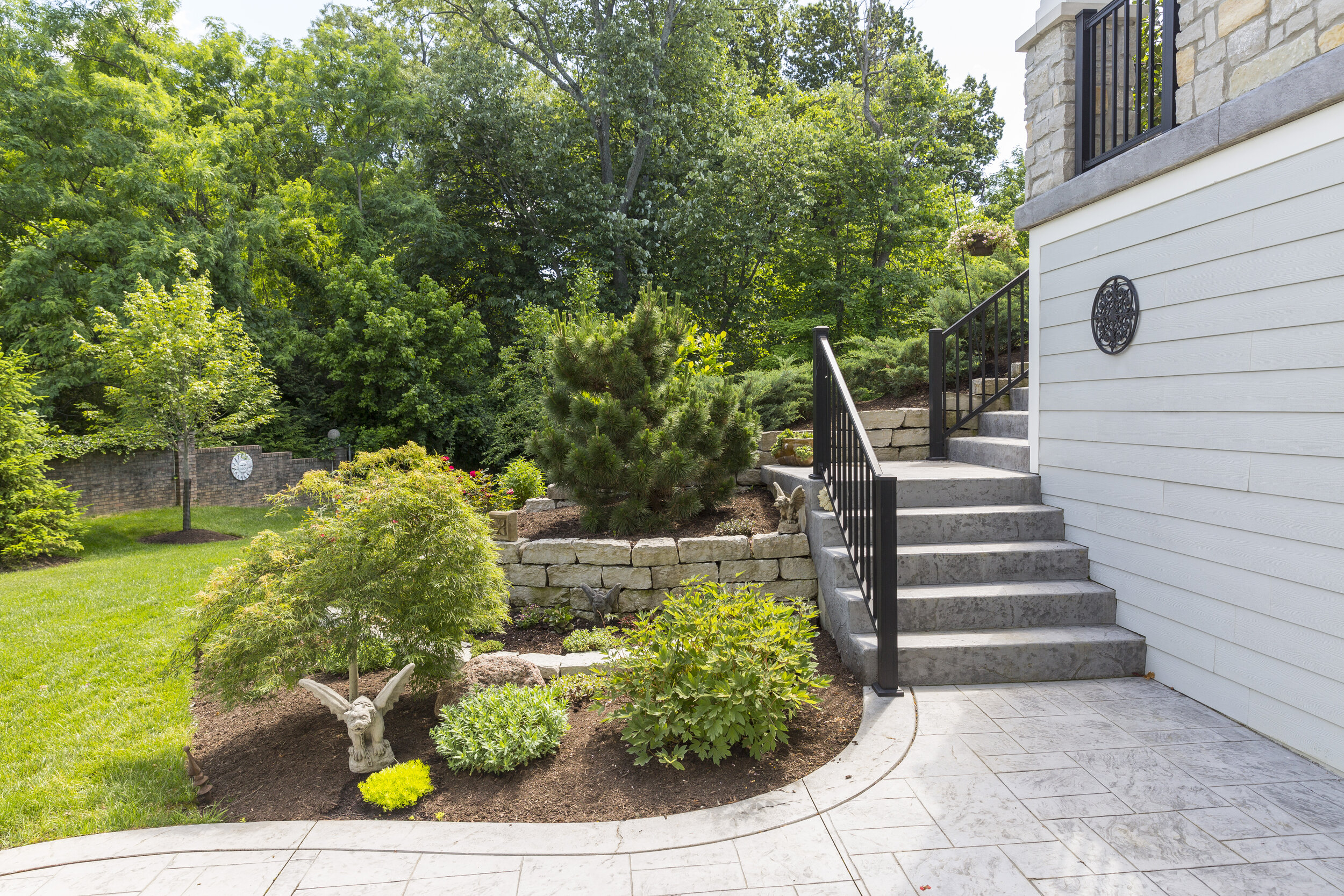People all over the Cincinnati area are wondering again about dealing with cicadas. For many people, cicadas are a new phenomenon. But even those who lived through the last invasion 17 years ago may need a refresher on these winged visitors. Read on for a few do’s and don’ts when it comes to cicadas and your landscaping.
Don’t Panic
With their red, beady eyes and impressive (for an insect) size, cicadas do look a bit scary. Rest assured, they don’t harm people or pets. So, don’t panic if they land near you or even fly into you.
Do Protect Young, Woody Plants
Cicadas burrow up out of the ground as nymphs, shed their husks, then fly up into the trees, where they chorus loudly and mate for several weeks. The females make slits into twigs or trunks of small trees to lay their eggs. Established trees may suffer damage at branch tips. (You may even see this damage to leaves, which is called “flagging.”) Young trees or shrubs could sustain heavier damage, so it’s best to cover them with mesh or cheesecloth for the six weeks or so this spring when cicadas are here.
Don’t Use Pesticide
As mentioned, cicadas aren’t dangerous. They don’t carry disease or pose a threat to most plants and trees, so there’s no need to plan an assault; chemical or otherwise. Just leave them be and they will leave us in just a few weeks.
Do Thank a Cicada Today
Cicadas do offer a few benefits: One of them is that they aerate the soil for us. You may come across the holes they leave behind in your garden beds or around the base of trees. Anything that eats insects (yes, that includes some humans) looks forward to the brood emerging as a swarm of tasty snacks. The cicadas also serve to help “prune” established trees and they return beneficial nitrogen to the soil as they die. You can compost the dead cicadas if you like.
Don’t Hesitate to Call Us
With our decades of experience, we’ve helped clients through other cicada visitations over the years. Feel free to contact us if you have questions about this natural phenomenon and how to prepare your landscaping for the onslaught.
























